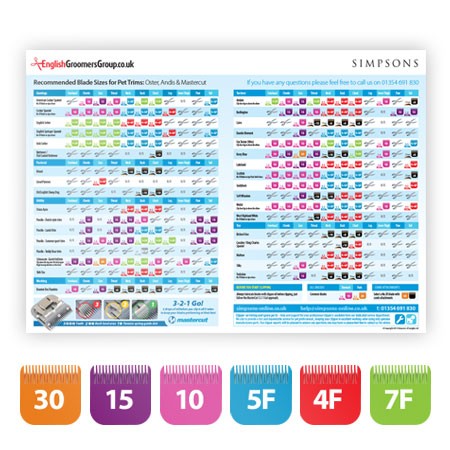


In the longer lengths, my favorite is the #3 because it leaves the hair about an inch long when you are clipping with the lay of the hair (the direction the hair lays when it’s flat) and leaves the coat looking full and fluffy. It also is not too short and leaves a fuzzy, instead of shaved, look. It cuts through hair well, is short enough to cut underneath most matts, and is a very safe blade to use. Personally, for short haircuts, my favorite blade length is the #5. Long haircuts will be #5/8, #3, and #4, and then combs, of course, leave the hair even longer. So short haircuts will be a #5, #7, #9, #10 (named longest to shortest).

That is, the smaller the number, the longer the hair will be, and the bigger the number, the shorter the hair will be. In grooming equipment, blade numbers go backwards from what you would expect. Also, this approach will help you focus on the most important aspect of grooming your pet: his comfort and health.Īndis #10 is not made in a skip tooth version, so they don't bother to call it an FCĪ short haircut should be done with a #5 blade or shorter. Once you accomplish that, you will be able to create styles you like and also implement patterns you may see on other dogs or in pictures.

I am not going to get into the specific breed haircuts because I want you to focus on your technique and getting comfortable with using all of the tools correctly and confidently. If you discover that you have no artistic talent in grooming your pet, at the very least your new skills will keep your pet clean and comfortable and hopefully save you some money. An artistic and careful eye is the most important thing you can have to achieve a great look, and hopefully it comes naturally to you. What I cannot give you in this article is talent. In this article, I will discuss the basics of clipper handling and how to cut hair so that you can use your tools effectively, safely, and in a way that will make your job easier. Lessons From a Groomer: Clipper Tips and Tricks


 0 kommentar(er)
0 kommentar(er)
